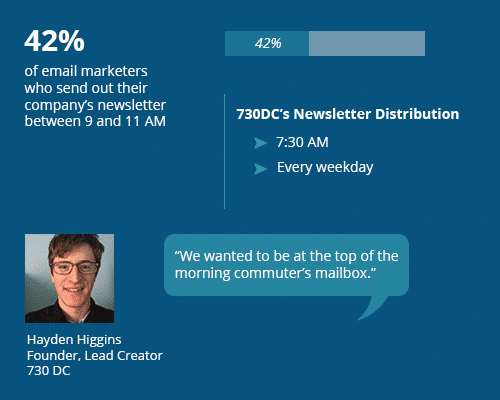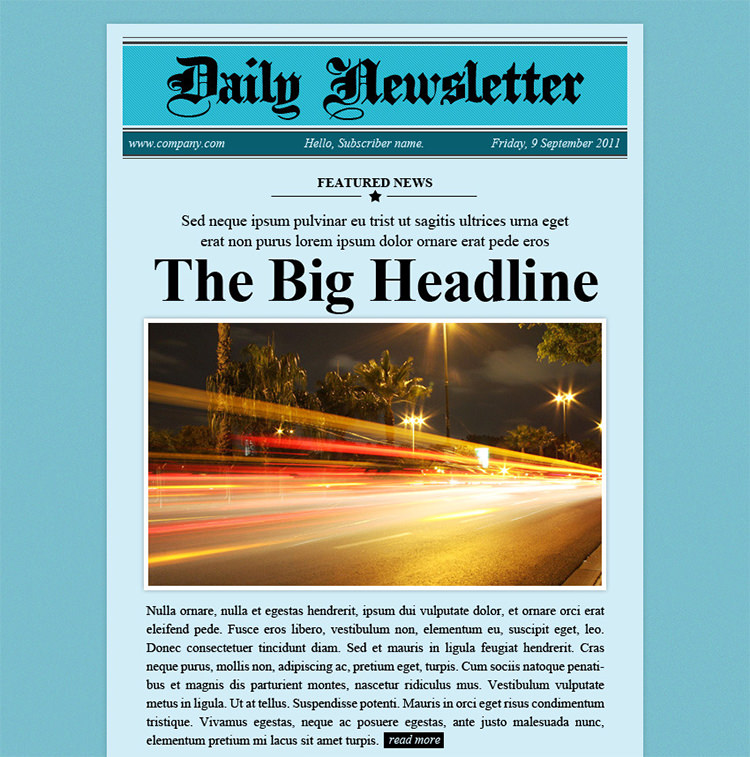

Many have also developed ‘pop-up’ newsletters to provide depth on a big ongoing story like coronavirus or the 2020 US presidential election. News organisations such as the New York Times and the Washington Post each offer almost 70 different scheduled emails showcasing the work of different parts of the newsroom including business, technology, culture, and sport. I use FT Breaking news – it is usually one of the first to break the story, it’s concise so I can glance at it on the go, it covers important events that I care about and is a useful prompt to find out more if I want to. These editorial mails which are typically sent early in the morning provide a useful way for readers to cope with a growing information overload. Email is not a good way to engage casual users, who tend to favour channels where the news ‘comes to them’, such as television or social media.Īcross 21 countries, where we asked detailed questions around email news, we find that daily updates are the most popular type (60%) of email.

Email is popular both with news lovers – those who have high interest and high frequency of access – as well as with daily briefers, who tend to access news at a number of set times each day. By comparison, we find that mobile notifications are used equally across age groups. This makes them a very attractive set of consumers for publishers of all types.Įmail news users also tend to be older, with over-45s proportionally much more likely to receive them.

Only 16% across countries regularly use emails but these users tend to be much more interested in news and have more disposable household income. In countries like South Africa (24%) where bandwidth is expensive, text-based emails can also be an efficient way to distribute online news. The reasons for these differences are not entirely clear but may be related to the extent to which popular publishers have invested in and promoted the format compared with other channels. Looking first at consumption across countries, we find significant differences, with over a quarter (28%) using email news each week in Belgium, a fifth (21%) in the United States but around one in ten in Sweden (10%), South Korea (9%), and the UK (9%). In this chapter we explore in detail the role played by email news, how publishers are developing their editorial products, and why audiences value the format. The trend mirrors the continued importance of email in daily life, and its widespread use in marketing, despite the emergence of more sophisticated digital tools. Previous research has highlighted a sharp increase in their production in recent years, both by ‘legacy’ print and newer digital media publishers (Jack 2016). Email can help build habit and loyalty, which is particularly important for new business models such as subscription and membership. Email newsletters, once thought of as low-tech and unfashionable, are proving increasingly valuable to publishers looking to build strong direct relationships with audiences.


 0 kommentar(er)
0 kommentar(er)
